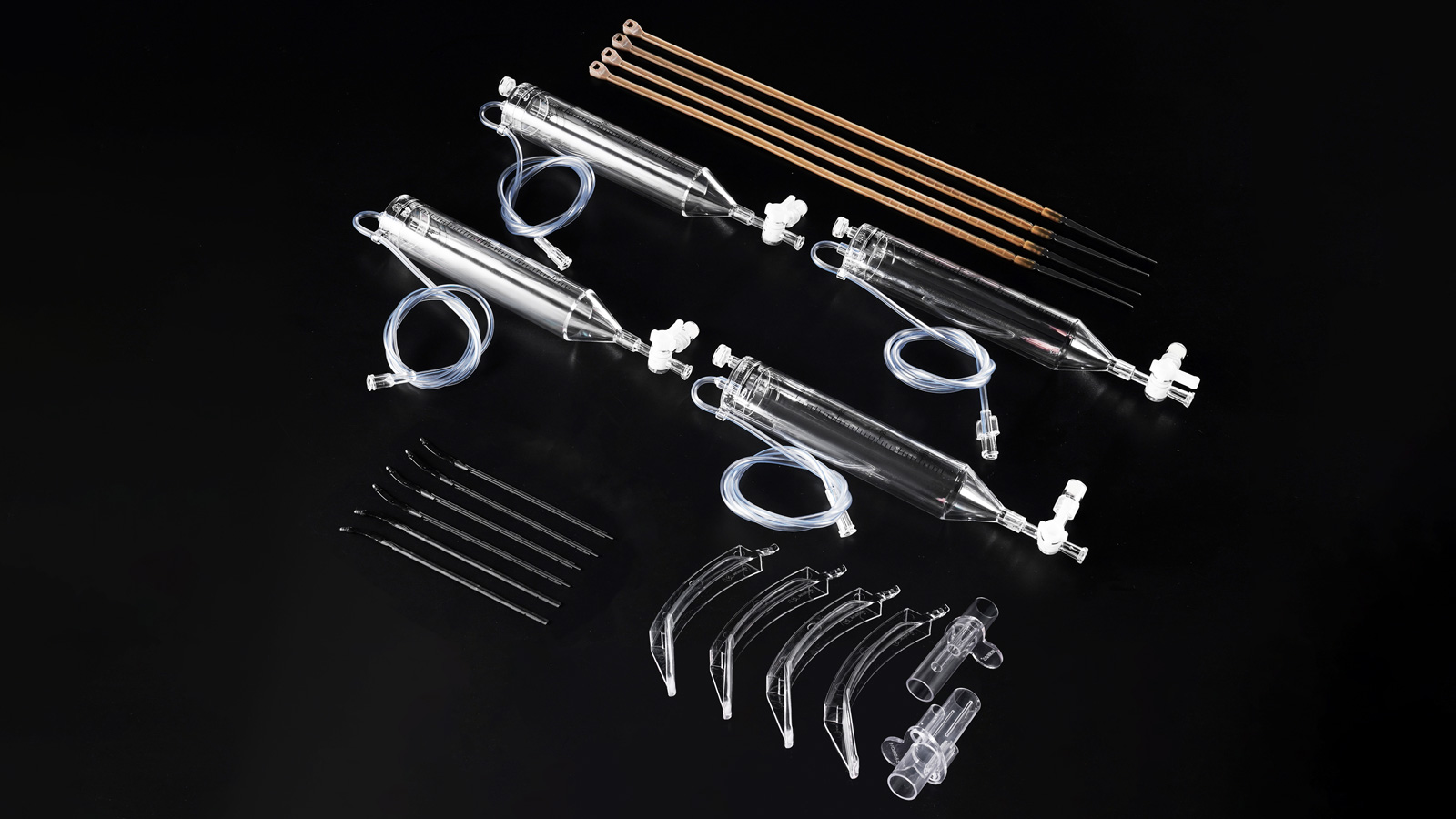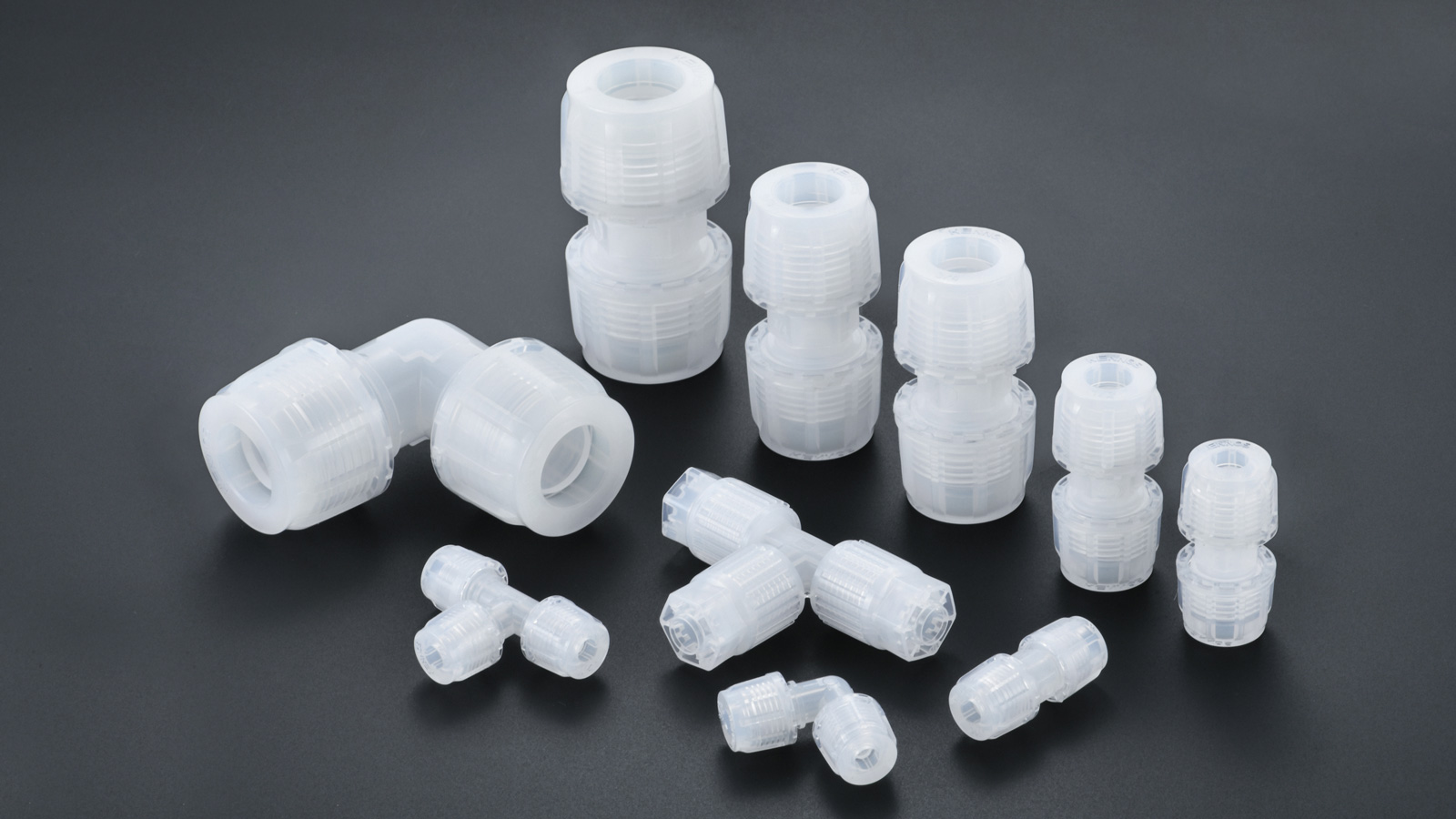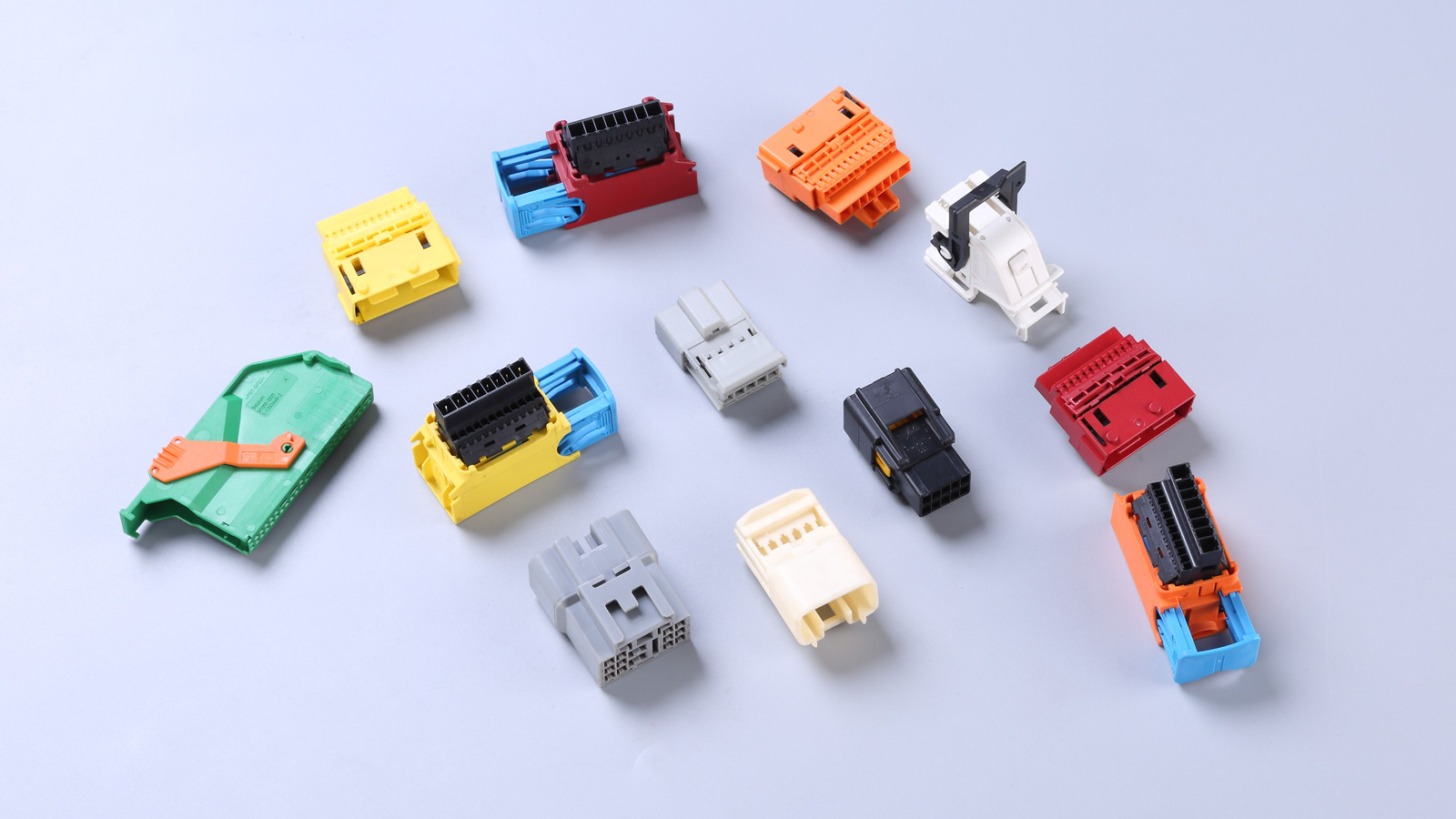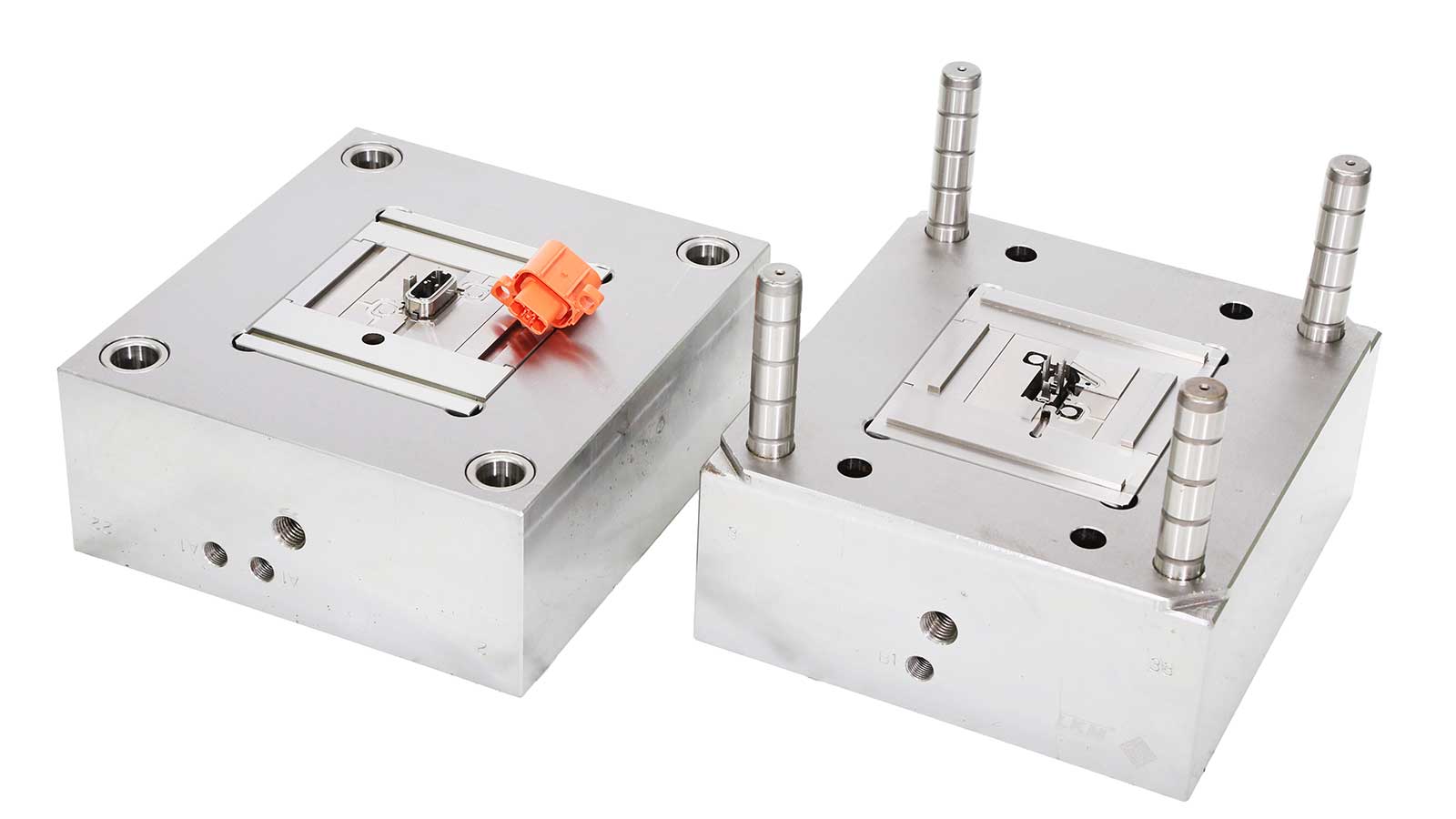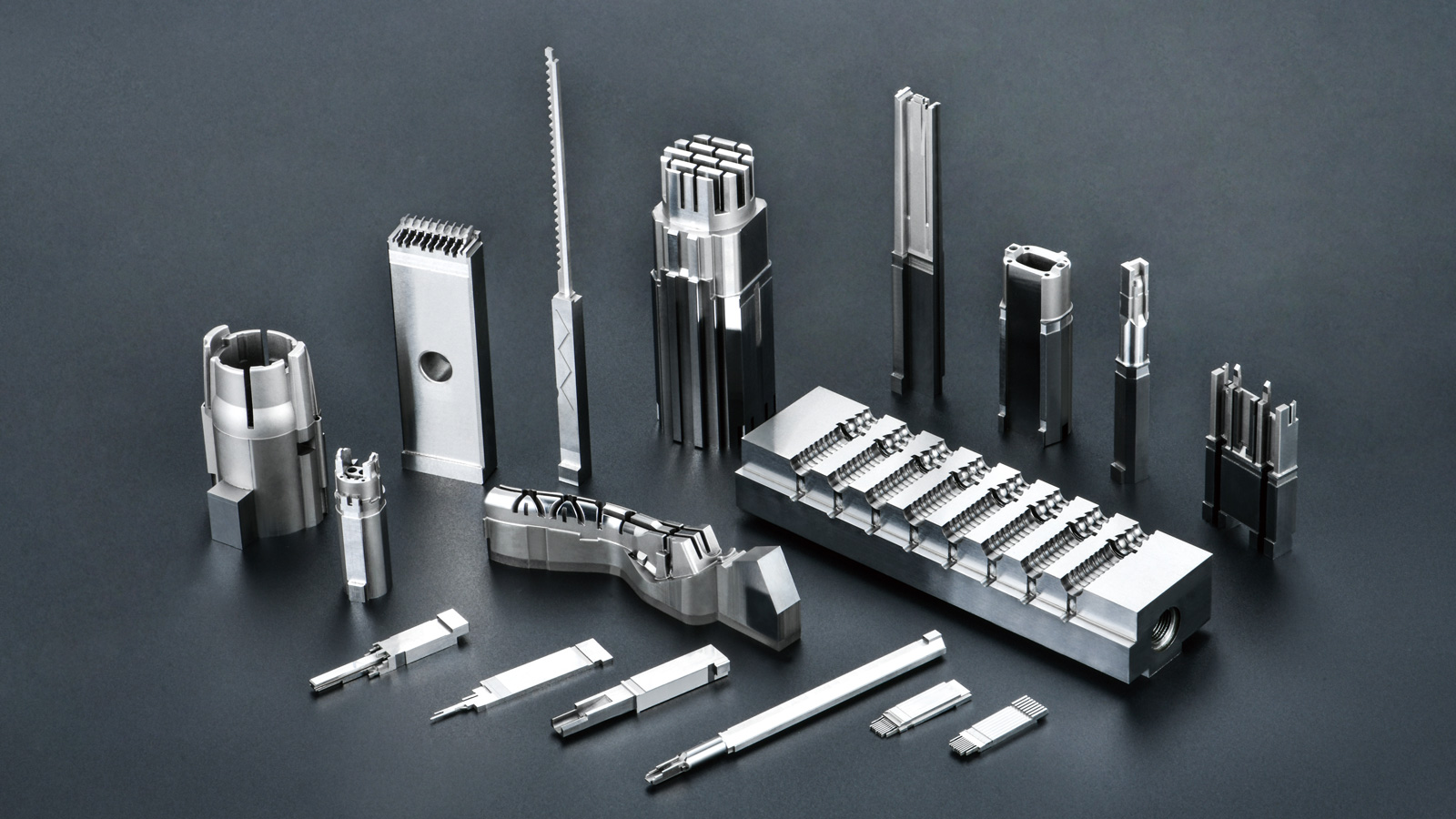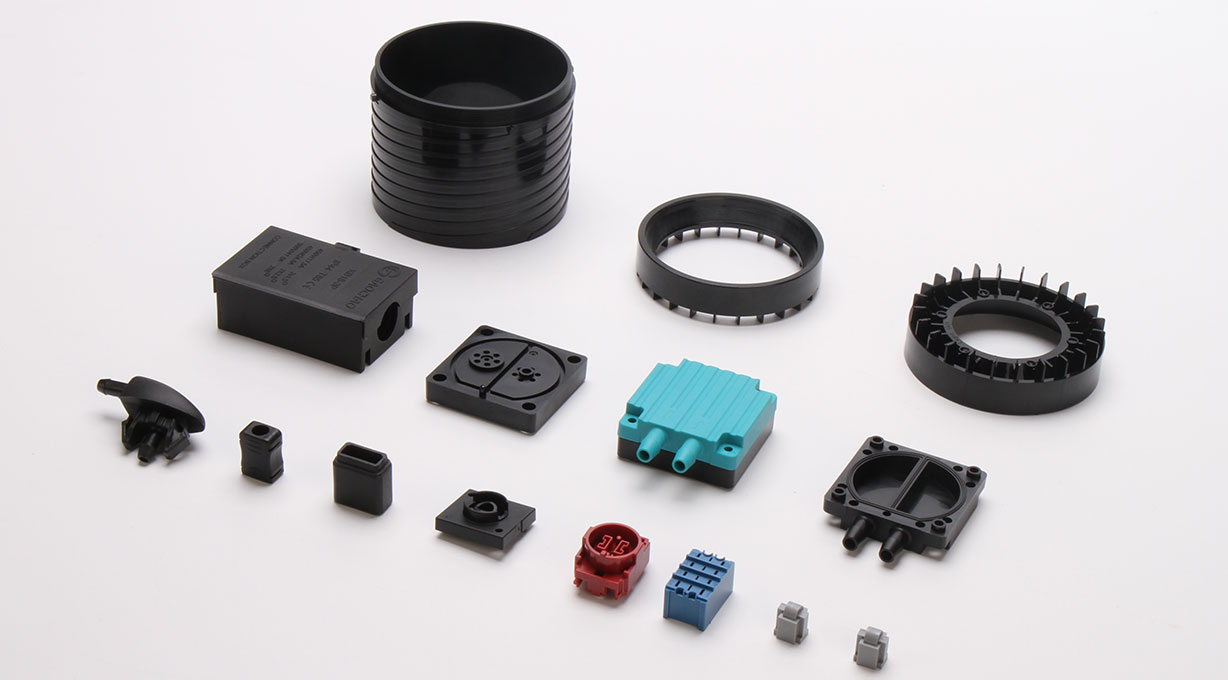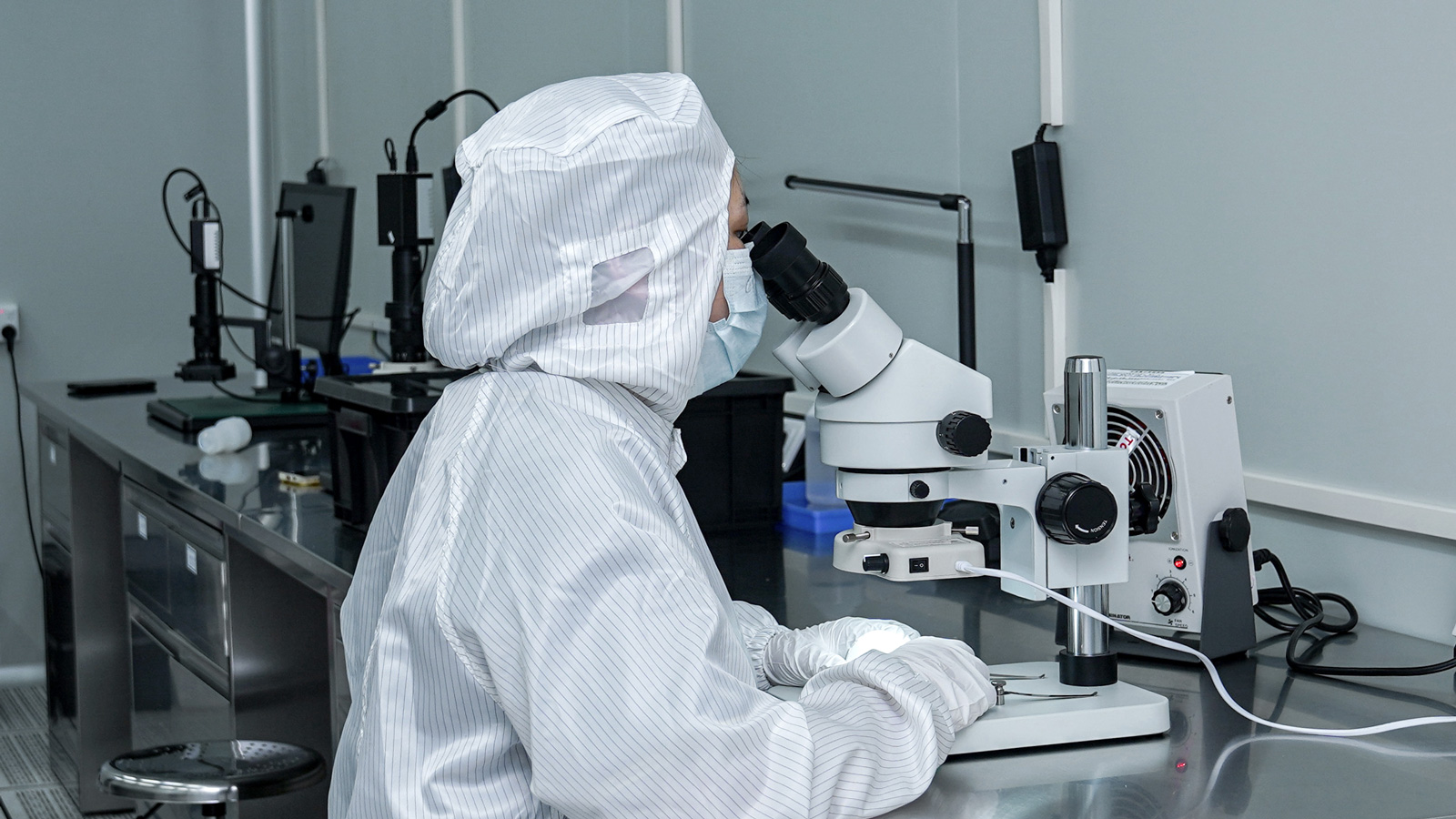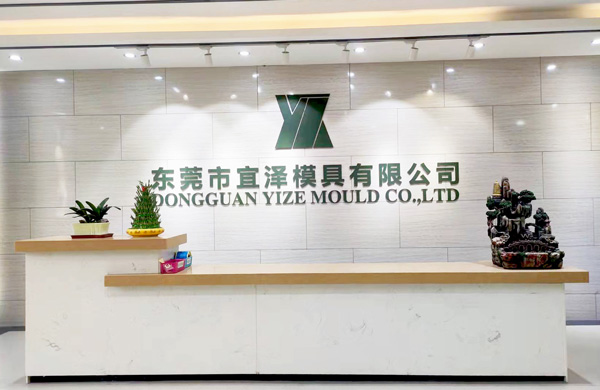In the field of injection molding manufacturing, injection mold drawing design is a crucial first step that directly determines the quality of the mold and the subsequent production efficiency. Below, I will provide a detailed introduction to the complete process of injection mold drawing design.
I. Drawing Stage
1. Process Drawing
Before drawing the main assembly drawing, it is necessary to draw the process drawing and ensure that it meets the requirements of the part drawing and process data. For the next process dimensions, mark “next-process dimensions” on the drawing to guarantee that the process drawing is completely consistent with the workpiece drawing. The process drawing usually serves as the basis for the plastic molding manufacturing drawing, providing important references for subsequent design.
2. Plastic Molding Manufacturing Drawing
- Marking Key Information: Mark key information such as part number, name, material, material shrinkage rate, and draw ratio on the flow chart. These parameters are crucial for subsequent production and processing, and accurate marking can avoid errors during production.
- Drawing to Scale: Draw the plastic molding manufacturing drawing to a scale of 1:1 as much as possible. Start drawing from the cavity and simultaneously draw the main view to ensure accurate correspondence between different views. This makes the design more intuitive and facilitates subsequent processing and assembly.
- Including Necessary Content: The plastic molding manufacturing drawing should include the structure of mold – forming parts, the structure of the gating and venting systems, the parting surface and parting mode, etc. At the same time, provide an overview of the structures and positions of all connectors, as well as the positioning and guidance. Mark the cavity height dimensions (according to actual needs) and the overall dimensions of plastic molding, and also note auxiliary tools (such as picking tools and calibration tools).
- Part Numbering and Plan Filling: Number all parts, program them in order, and fill in a detailed plan to facilitate subsequent production management and tracking.
- Marking Technical Requirements and Usage Instructions: Technical requirements include the performance requirements of certain plastic molding systems, such as the assembly requirements of the ejector system and the slider – core structure. They also cover plastic molding manufacturing requirements, such as the fit clearance of the parting surface after assembly, which should not exceed 0.05 mm, and the parallelism requirements of the upper and lower sides of the mold. In addition, clarify the mold’s usage, assembly, and disassembly methods, as well as requirements for anti – oxidation treatment, mold numbering, lettering, marking, oil sealing, storage, etc., and also testing and inspection requirements.

3. Drawing Sequence and Requirements for Parts
- Drawing Sequence: When drawing parts from the mold assembly drawing, follow the sequence of starting from the inner side to the outer side, from complex to simple, first forming plastic parts, and then structurally forming plastic parts. This sequence helps improve drawing efficiency and ensures the accuracy and completeness of the drawings.
- Drawing Requirements: Draw the graphics to scale, allowing appropriate enlargement or reduction. Choose reasonable views, ensure correct projections, and suitable layouts. To facilitate the understanding of processing and assembly personnel, the graphics should be as consistent as possible with the final plastic molding manufacturing drawing and be clear and easy to read.
- Dimension Marking Requirements: Dimension marking should be uniform, centralized, orderly, and complete. The dimension sequence is to first mark the main part dimensions and draft angles, then the fit dimensions and full dimensions. On non – main part drawings, mark the fit dimensions and ensure completeness.
- Surface Roughness Marking: Mark the roughness of the coating in the upper – right corner of the drawing, and mark other roughness symbols on each surface of the part to enable processing personnel to accurately grasp the surface quality requirements of the part.
- Filling in Other Information: Information such as part name, mold drawing number, material grade, heat treatment and hardness requirements, surface treatment, drawing scale, free – dimension processing accuracy, and technical instructions must be filled in correctly to ensure the completeness and accuracy of the drawing information.
II. Review and Proofreading Stage
1. Review of Drawing Relationships
Review the relationships between plastic molding, plastic – molded parts, and plastic part drawings to ensure that the material, hardness, dimensional accuracy, plastic-molding structure, and molded plastic parts all meet the requirements of the plastic part drawing. Any deviation in any link may lead to problems in subsequent production, so strict review is necessary.
2. Review of Molded Plastic Parts
Consider the impact of factors such as flow, shrinkage, weld lines, cracks, and the drawing of plastic materials on the performance, dimensional accuracy, and surface quality of plastic parts. Check whether the pattern design is reasonable, whether the processing is simple, and whether the shrinkage rate of the molding material is selected correctly.
3. Review of Molding Equipment
Check whether the injection volume, injection pressure, and clamping force meet the requirements, whether the installation and demolding of plastic – molded parts are smooth, and whether the injection molding machine nozzle and the blowing nozzle can make correct contact. These factors directly affect whether the mold can normally produce qualified plastic products.
4. Review of Injection Mold Structure
- Review of Parting Surface: Check whether the position and finishing accuracy of the parting surface meet the requirements and whether there is any flash. At the same time, confirm whether the molded plastic part can be retained on the mold side using the mold side after the injection mold is opened.
- Review of Demolding Method: Review whether the demolding method is correct, whether the dimensions, positions, and quantities of the ejector pins and push tubes are appropriate, and whether the push plate will be clamped by the core and scratch the plastic part.
- Review of Mold Temperature Regulation: Check whether the heaters’ power and quantity, the flow lines’ position, and the cooling media’s dimensions and quantities are appropriate. Reasonable temperature regulation is crucial for ensuring the quality and production efficiency of plastic products.
- Review of Undercut Processing Method: Review whether the undercut processing method of the molded plastic part is suitable and whether the mechanisms for removing concave surfaces (such as the interference between the ejector pins in the core – pulling mechanisms of the slider and the inclined guide post) interfere with each other.
- Review of Gating and Venting Systems: Check whether the positions of the gating and venting systems are appropriate to ensure that the plastic can fill and vent smoothly in the mold, avoiding defects.
5. Review of Injection Mold Drawing Design
- Review of Part Placement: Check whether the placement of mold parts on the assembly drawing is appropriate, clear, and whether there are any missing parts.
- Review of Part Information: Review whether information such as part number, name, production quantity, whether the part is made in – house or outsourced, whether the part is standard or non – standard, the part’s processing accuracy, the part’s processing accuracy correction and allowance, the high – precision dimensions of the molded plastic part, the mold part’s material, heat treatment, surface treatment, and the marking of the surface treatment degree are clearly described.
- Review of Dimension Marking: Check whether the marking of the main parts, working dimensions, and fit dimensions of the plastic parts is correct and should not be arbitrarily converted by the plastic molding company.
- Review of Views and Projections: Check whether the view positions and projections of all part drawings and plastic molding manufacturing drawings are correct, whether the drawings meet the standards, and whether there are any missing dimensions.
6. Review of Processing Performance
Check whether the geometric shapes, views, and dimension markings of all parts are conducive to processing to ensure that the designed mold can be smoothly manufactured.
III. Manufacturing Process Card Production and Inspection
1. Manufacturing Process Card Production
The technicians write the manufacturing process card of the plastic molding company and should be readily available for processing personnel. The process card should record detailed information such as processing steps and process parameters to provide clear guidance for production.
2. Inspection during the Production Process
Strengthen inspections during the manufacturing process of plastic-part molding, with a focus on dimensional accuracy. After the mold is assembled, the inspector inspects according to the mold inspection checklist, mainly checking whether the performance of the molded plastic parts is good. Only through strict inspections can the manufacturing quality of plastic molding be guaranteed.
In conclusion, the design of injection mold drawings is a rigorous and complex process that requires designers to possess rich professional knowledge and a meticulous work attitude. By strictly following the above-mentioned process for design and review, the quality of injection molds can be ensured, laying a solid foundation for subsequent plastic – product production.
